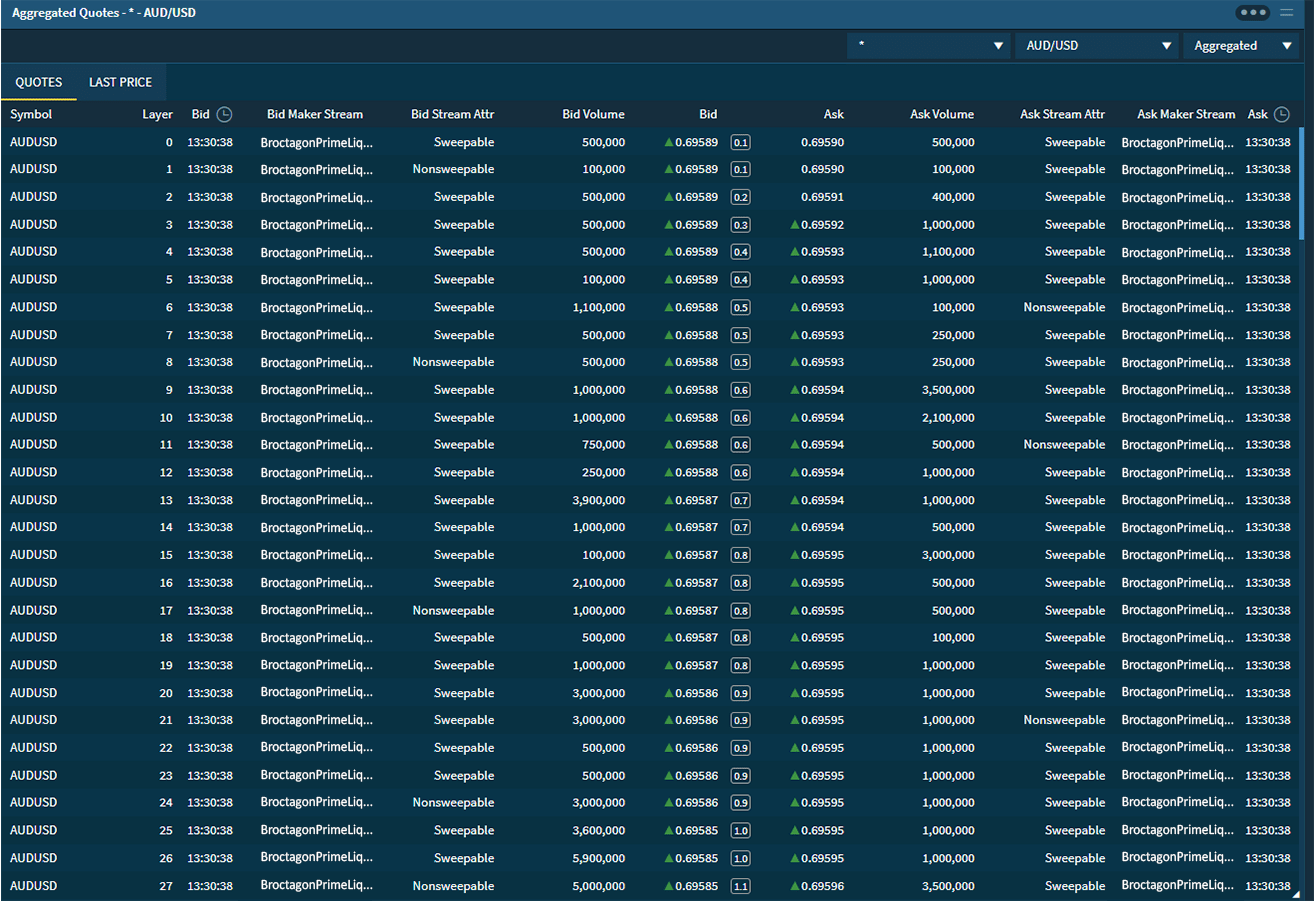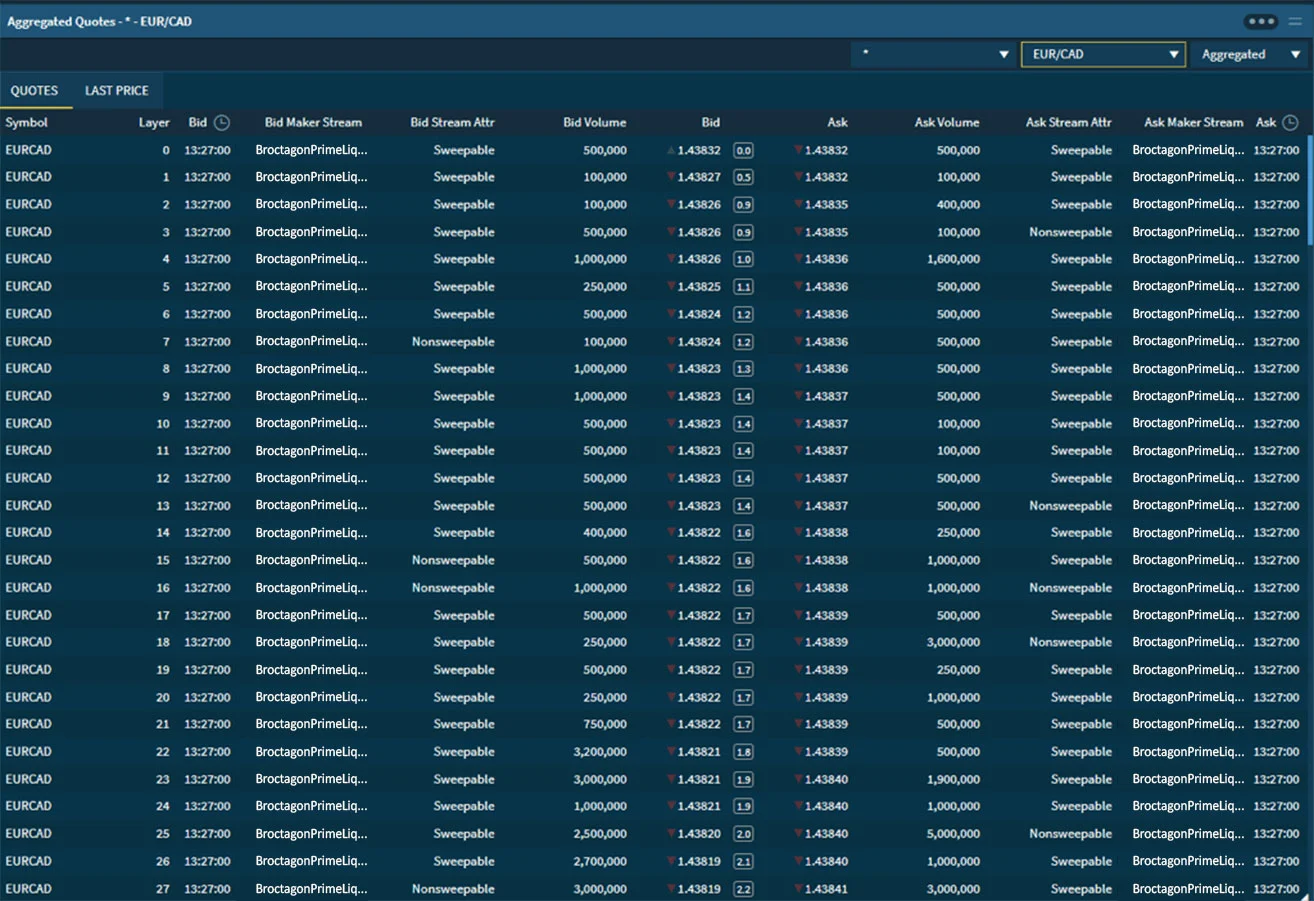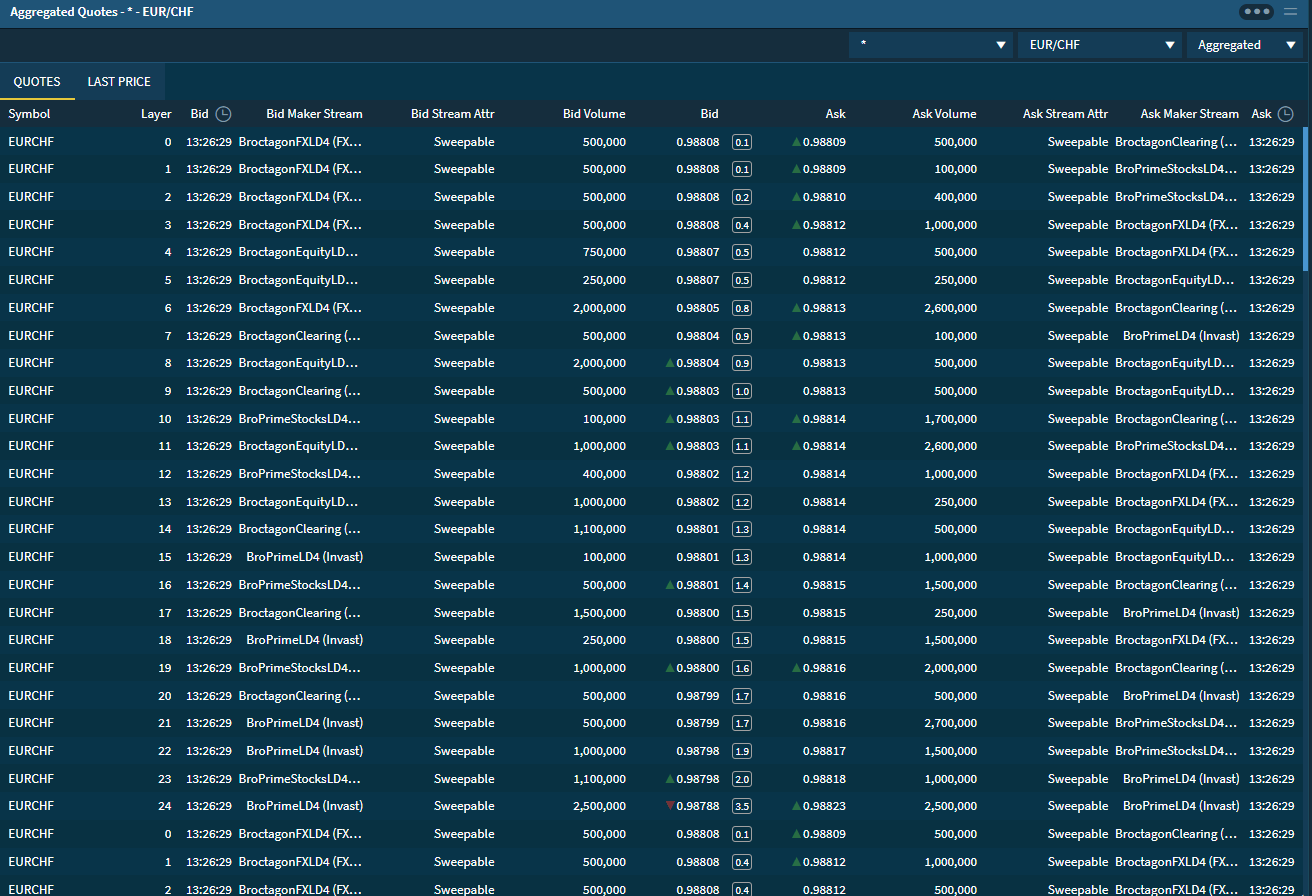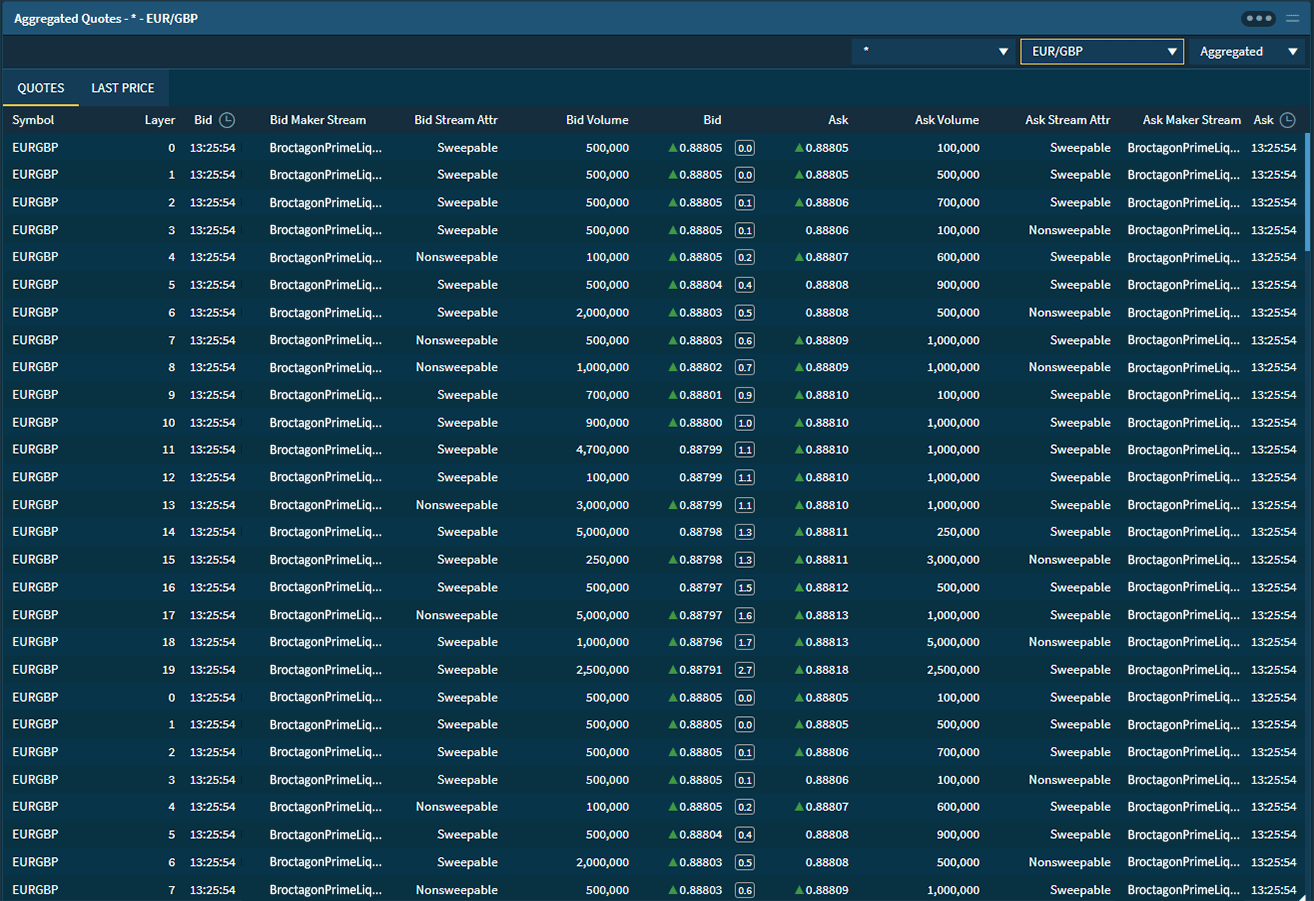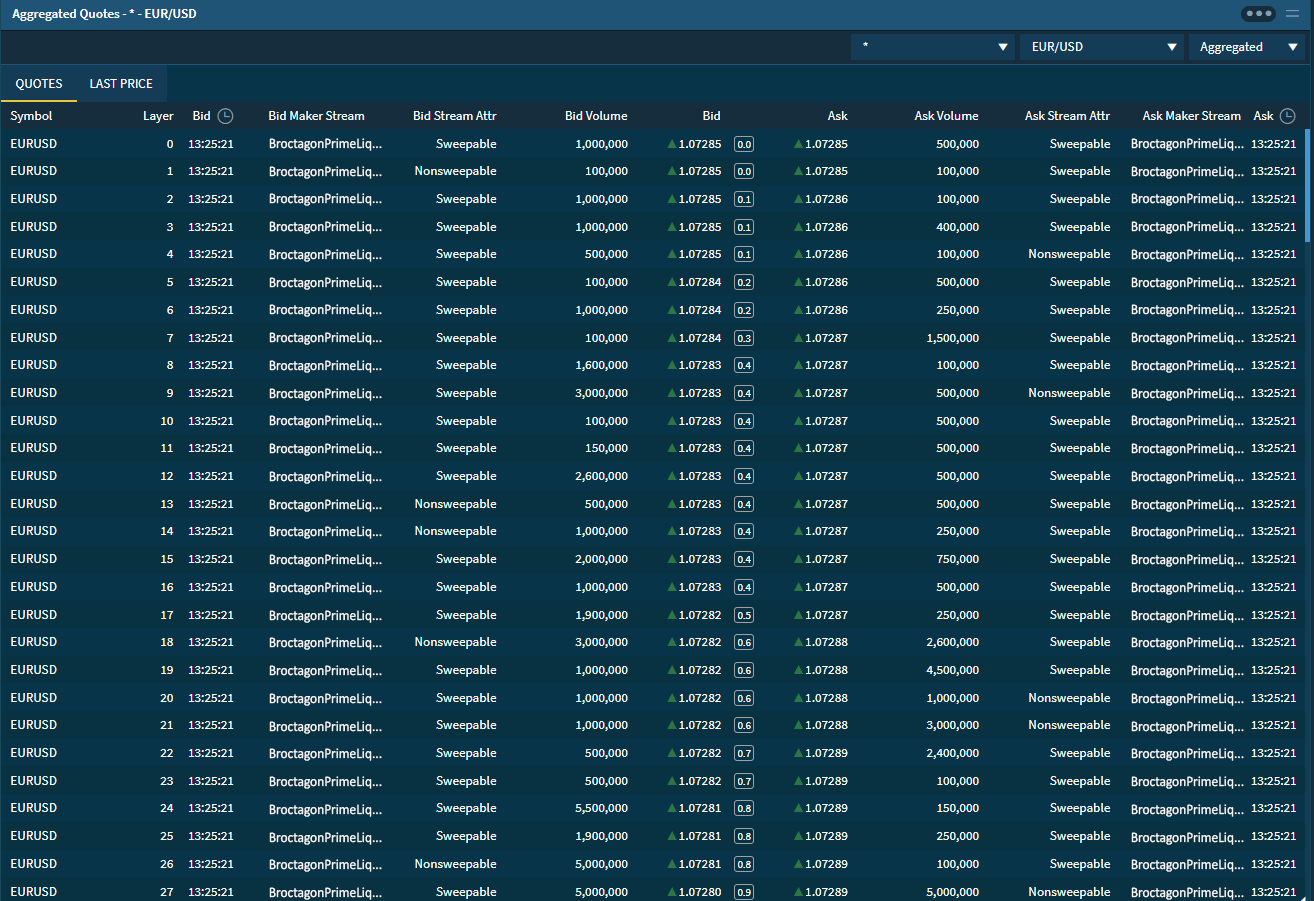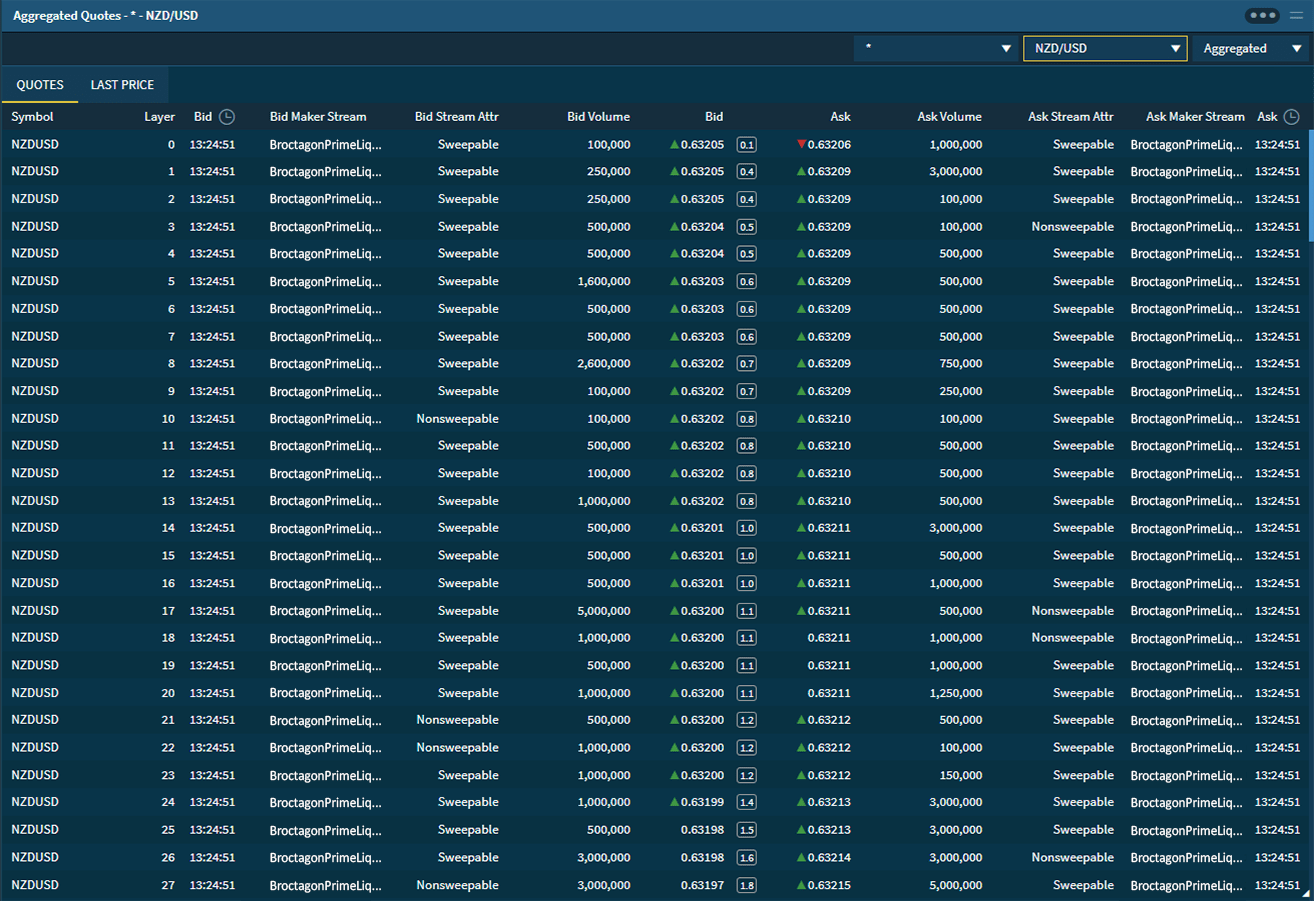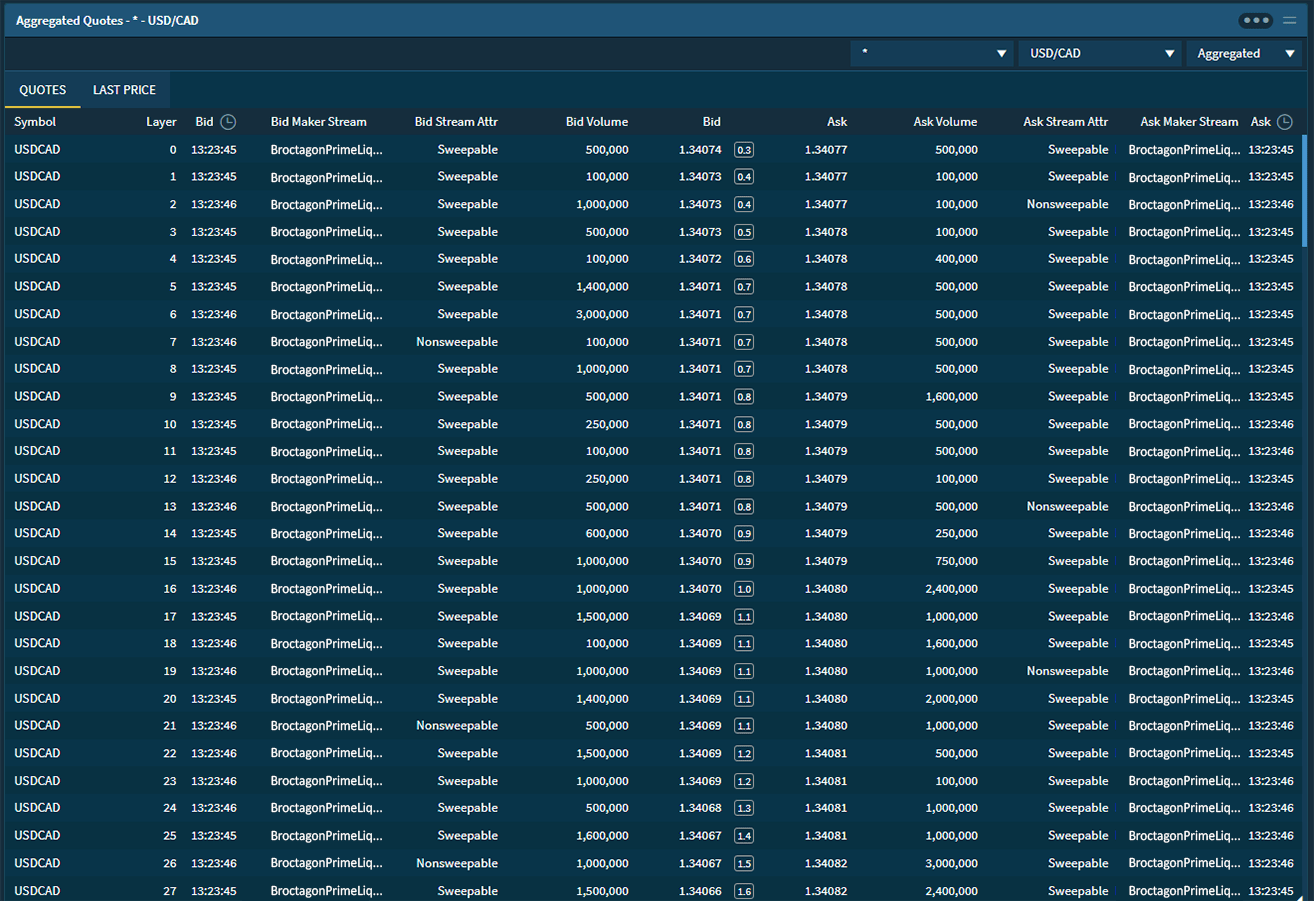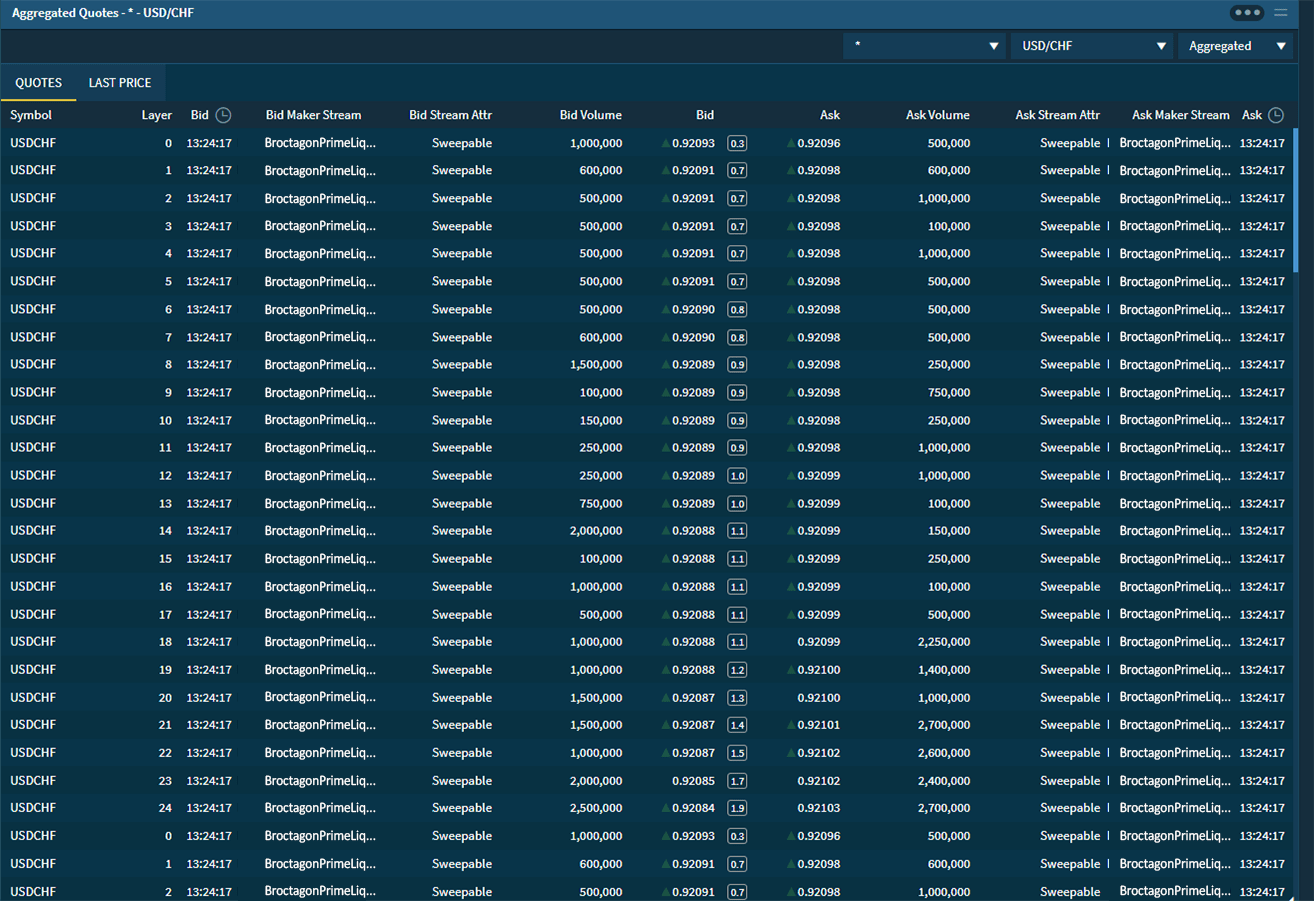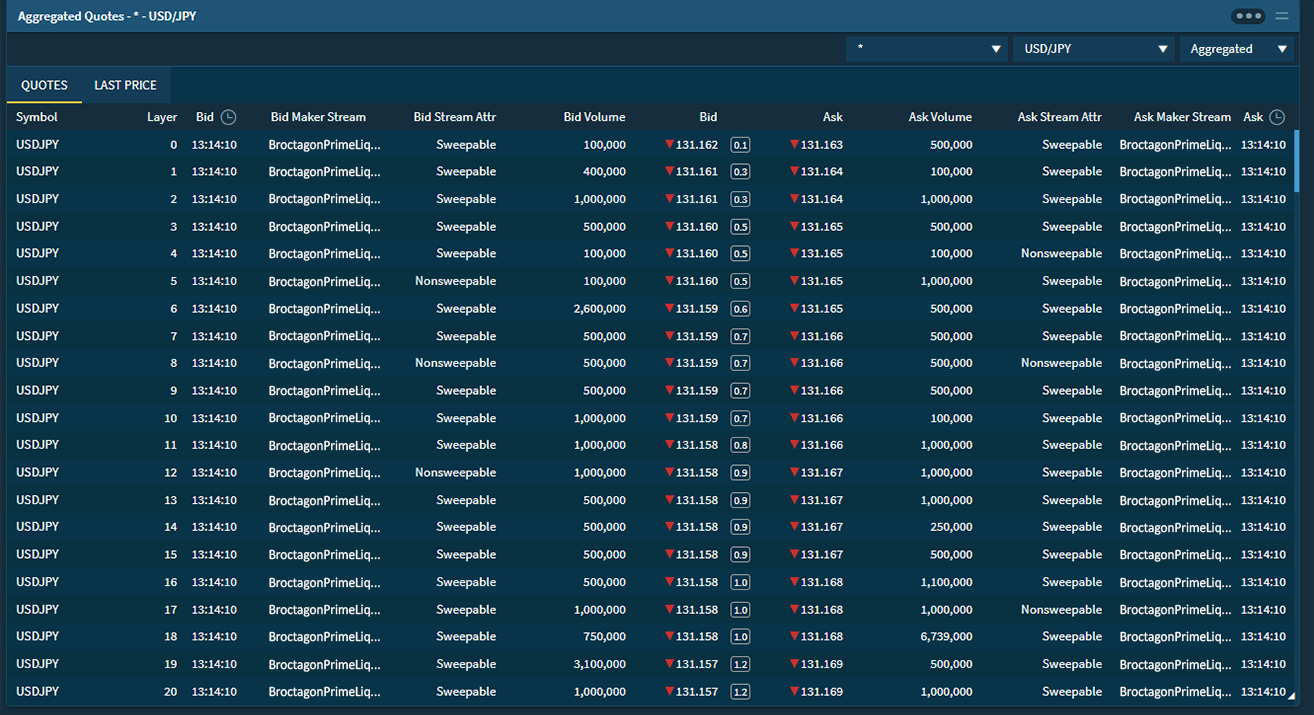STP VS MM Forex Brokerage
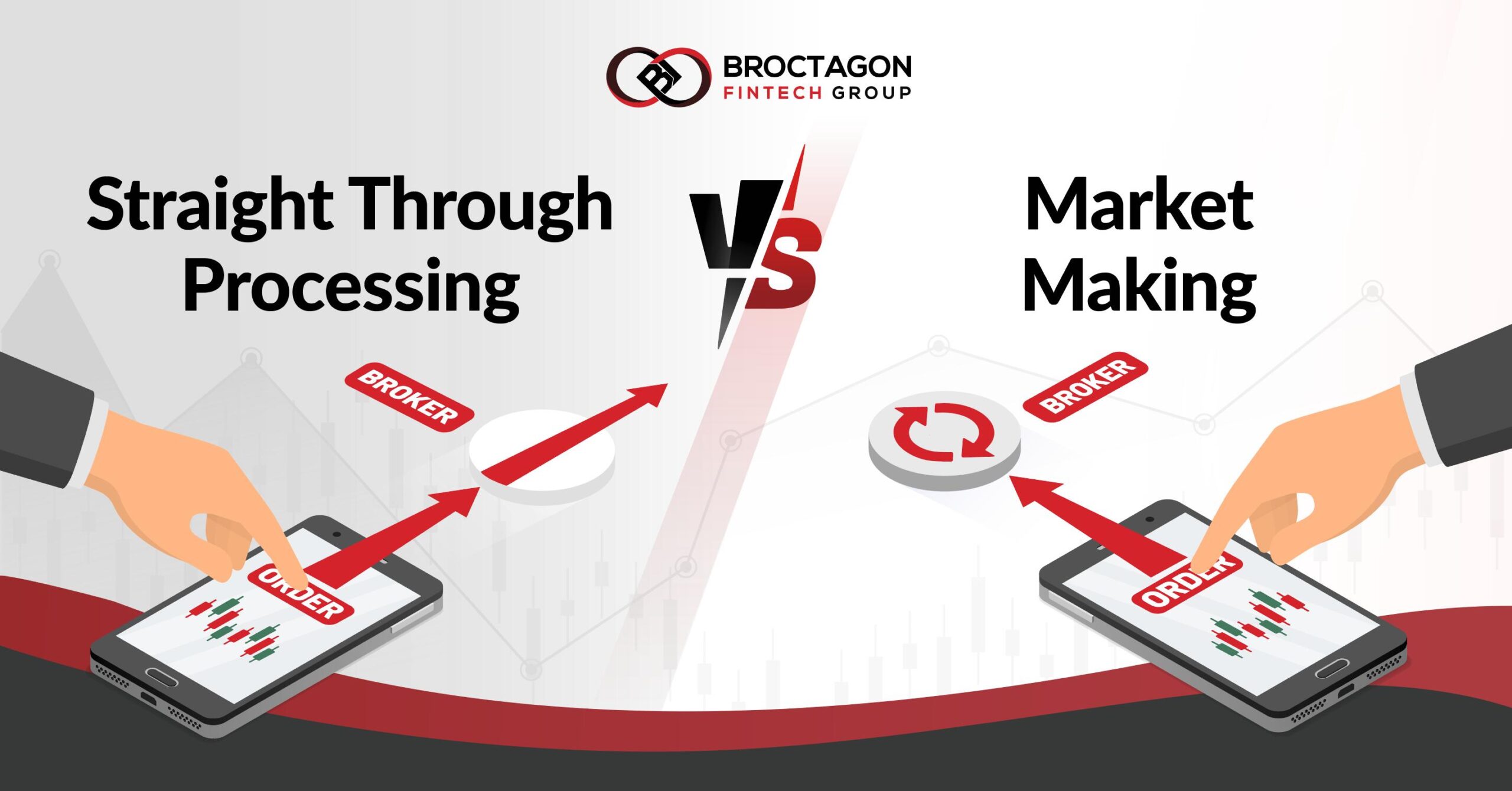
In the Forex industry, there are two main types of brokerage models, Market Makers (MM) who are also widely known as “Dealing Desk” Brokers that match orders internally, and Straight Through Processing (STP) or “No Dealing Desk” Brokers who match buyer and seller in the open interbank market. We help aspiring or new brokers understand the differences between an STP vs MM brokerage model.
STP or No Dealing Desk
What is STP or No Dealing Desk?
Straight Through Processing (STP) is a no dealing desk model that works on automated order flows. It is also commonly referred to as the A-book model. In this brokerage model, the broker does not intervene in the execution of orders, and all transactions are executed electronically at high speeds to liquidity providers in the interbank network.
The STP model consists of connecting market liquidity, where all trading activity is processed through a reputable counterparty, such as a prime broker, bank or an established liquidity provider. Therefore, as a forex broker, you would not become counterparties of your traders. Your brokerage platform would act as a bridge for these traders, as in general, the trading volume of individual retail traders is small and cannot trade directly on the foreign exchange market. Forex brokers exist as intermediaries to congregate and send trade orders into the market.
How does an STP FX Broker make a profit?
An STP broker generally makes a profit through spreads or commission mark-ups.
- Spreads are the differences between the bid and ask prices. STP Brokers obtain the spreads from liquidity providers, or the interbank market and they may add a small markup before passing them on to clients.
- Commissions are usually a fixed fee or a percentage of the traded volume. This commission-based revenue model allows brokers to generate income directly from clients’ trading activity.
Considerations of STP?
In the forex community, FX brokers who directly send all orders to liquidity providers are deemed by traders to be more reliable. The main advantage of this model is that because the trades are all sent out, the broker does not bear the risks of clients’ trading. Therefore, it is advantageous for the brokers when clients continue to profit, fostering a positive relationship with increased trading activity.
Under this model, a conflict of interest is less likely to occur because the client’s trading profit and losses do not impact the broker directly, unlike in the MM Model. However, STP Brokers are more prone to slippage as trades are fulfilled externally and susceptible to prevalent market conditions. To prevent such a scenario, it is crucial for brokers to choose a reputed liquidity provider with not just competitive pricing but also sufficient depth to execute sizeable orders with zero slippage.
MM or Dealing Desk
What is Market Maker or Dealing Desk?
The Market Maker (MM) model, also known as B-book method, is a business model where the broker acts as a counterparty to their clients’ trades. Instead of directly matching clients’ orders with external liquidity providers, market makers create a market by executing trades internally, providing their own bid and ask prices. In this model, the broker assumes the risks derived from clients’ trading activities on the broker’s own books.
- Market makers can set their own spreads and profit directly from the difference between bid and ask.
- Market makers are able to offset client’s orders against each other and commissions can be charged for this internal order matching process as well.
- By taking an opposite position as the client, Market Makers are able to then profit from clients’ losses.
Consideration of Market Makers
The MM model is adopted by many brokers as it comes with higher profitability but may have a conflict of interest with traders, causing them to lose loyalty and seek out another broker. This is because market makers profit directly from traders’ failures.
However, because the orders are handled internally without the latency of routing to the open market, trades tend to have no slippages and instant execution. Thus, traders are able to enter and exit with greater accuracy.
STP vs MM – Key Differences
When comparing the STP and MM model in forex trading, there are some key advantages and disadvantages in their differences:
Order Execution
Since STP brokers send clients’ orders directly to liquidity providers or the interbank market, orders are executed at the best available prices in the market, and the execution speed can vary depending on market conditions. Since MM brokers execute trades internally, liquidity is always available and provided by them, and thus have less latency and can be executed instantly.
Spreads and Pricing
STP brokers typically offer variable spreads depending on the prevailing market conditions. STP brokers can offer tighter spreads during times of high liquidity. MM brokers often provide (and earn) fixed spreads as they determine the bid and ask prices themselves. During volatile market conditions, MM brokers have more freedom to control the spreads to manage your own risk exposure.
Requotes and Slippage
STP brokers execute trades based on the market prices and are dependent on the market and liquidity providers. Chance of Slippage is usually higher for STP brokers as trades are fulfilled externally, especially during high volatility such as news release where there could be a liquidity crunch. Slippage happens as the broker may execute the trade at a different price than expected.
Market makers, on the other hand, make their own books and thus will be likely to have less slippage. Requotes happen when the broker offers a different price than requested by the trader due to market fluctuations.
Trading Conditions and Depth
STP brokers may provide access to market depth, allowing traders to see the available liquidity at different price levels. This provides traders with more transparency to make informed trading decisions. STP brokers have access to a much deeper and larger liquidity pool as all their orders flow to LPs/ECN. On the other hand, Market Maker Brokers rely heavily on their internal orderbook for liquidity, and thus their Market Depth is usually more limited without external flow.
Figuratively speaking, NDD is like fishing in the ocean where all bodies of water are cojoined, while DD is more like a pond that is siloed, very much on its own. When it comes to Trading Conditions, STP Brokers tend to have higher entry requirements as there is liquidity provider cost for trade fulfilment while MM Brokers can provide lower entry requirements as orders are handled internally. In MM, there is less transparency for traders, as they rely on the prices set by the MM and do not have visibility into the actual liquidity available in the market.
Hybrid Model
Considering the pros and cons of both STP and MM, some brokerages prefer to operate on a hybrid model, based on certain risk criteria. The hybrid model allows many successful brokers to capitalize on the advantages of both, using risk management techniques such as hedging to become even more profitable.
Should Traders Choose an STP or MM Broker?
From the perspective of the trader, is choosing an STP or MM broker better? If you trade with an STP broker, your trade is already routed out therefore a profit or loss makes no difference to the Broker. On the other hand, there may be a conflict-of-interest with MM Brokers, as they may countertrade your order, and profit when you experience a loss. Many traders weigh these against the advantages of having faster trades, being less prone to volatility in the markets, less chance of slippage with an MM broker, and choose which broker best suits their trading experience and risk appetites.
Start Your Brokerage On The Path to Success
Regardless of which brokerage model you choose, it is important to seek a reputable turnkey solutions provider that can provide you with the best technological solutions to start you on the right path to success. From company incorporation to trading technology to multi-asset liquidity, Broctagon provides battle-tested, sophisticated solutions engineered and refined through our years of experience in the financial industry. With all aspects of the brokerage handled by an experienced provider, you can focus on your business success.
Need advice on how to set up your brokerage for success? Consult our specialists to discuss your tailored technological solutions, and liquidity needs.
About Broctagon Fintech Group
Broctagon Fintech Group is a leading multi-asset liquidity and FX technology provider with over 15 years of global presence across China, Hong Kong, Malaysia, India, Thailand, and Armenia. We deliver performance-driven, bespokesolutions to more than 350 clients in over 50 countries, offering institutional-grade liquidity, brokerage and prop trading solutions.


